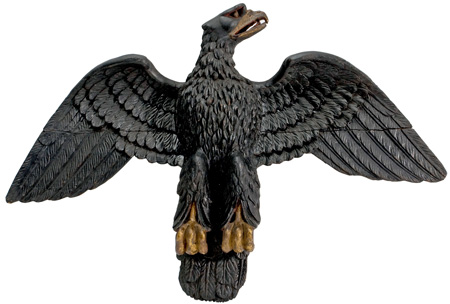When an artist decides to create a brand new piece, one of many first choices he makes is what material he will use? Since the Nineteen Fifties, many new combined forms of artwork have been developed that don’t match readily into any of the standard categories. Stone will be dug from the surface and carved with hand tools. Often it was then really carved by craftsmen employed by the artist. A comparatively new art kind that was began within the late Nineteen Sixties by artist Tom Phillips, the completed merchandise usually current layers of that means that talk to the source material in addition to the artist’s interpretations of the texts.
Many of those artists noticed nature as a collaborator, selecting materials with distinct bodily properties—equivalent to veins in stone or burls in wood—and permitting these components to suggest designs and shapes. These earliest examples of the stone carving are the results of hitting or scratching a softer stone with a harder one, though sometimes more resilient materials equivalent to antlers are known to have been used for relatively tender stone.
It subsequently forms an vital hidden ingredient in the art history of many cultures. Fishtail carving chisels are used to create pockets, valleys and for intricate carving, while providing good visibility across the stone. It was the same outside the palace; no artisans might afford carving wooden alone as an art or craft. Even when the direct dealing with of material shouldn’t be as very important as this to the expressiveness of the work, it still may be inconceivable to separate the roles of the artist as designer and craftsman.
Wood carving and the forests that offer the treasured material have played an important and respected function in Maori culture since earlier than the primary people arrived on New Zealand aboard their fleet of nice ocean-going waka (canoes). It took Chinese language artist Zheng Chunhui four years to carve this large picket sculpture that measures forty feet lengthy. Related results can be achieved artificially by making use of varied chemicals to the metal surface, which is often heated to create a bond.
A few years back the Museum of Arts and Design in New York organized the exhibition In opposition to the Grain: Wood in Modern Artwork, Craft and Design which perhaps best shows the versatile techniques and doable uses of wood in up to date artwork Among the artists on show had been Nina Bruun together with her Nest Chair, Sebastián Errázuriz with Porcupine Cupboard, Ai Weiwei together with his assemblage Grapes, and Kcho with R.E.C. (Rectifying the Course).


